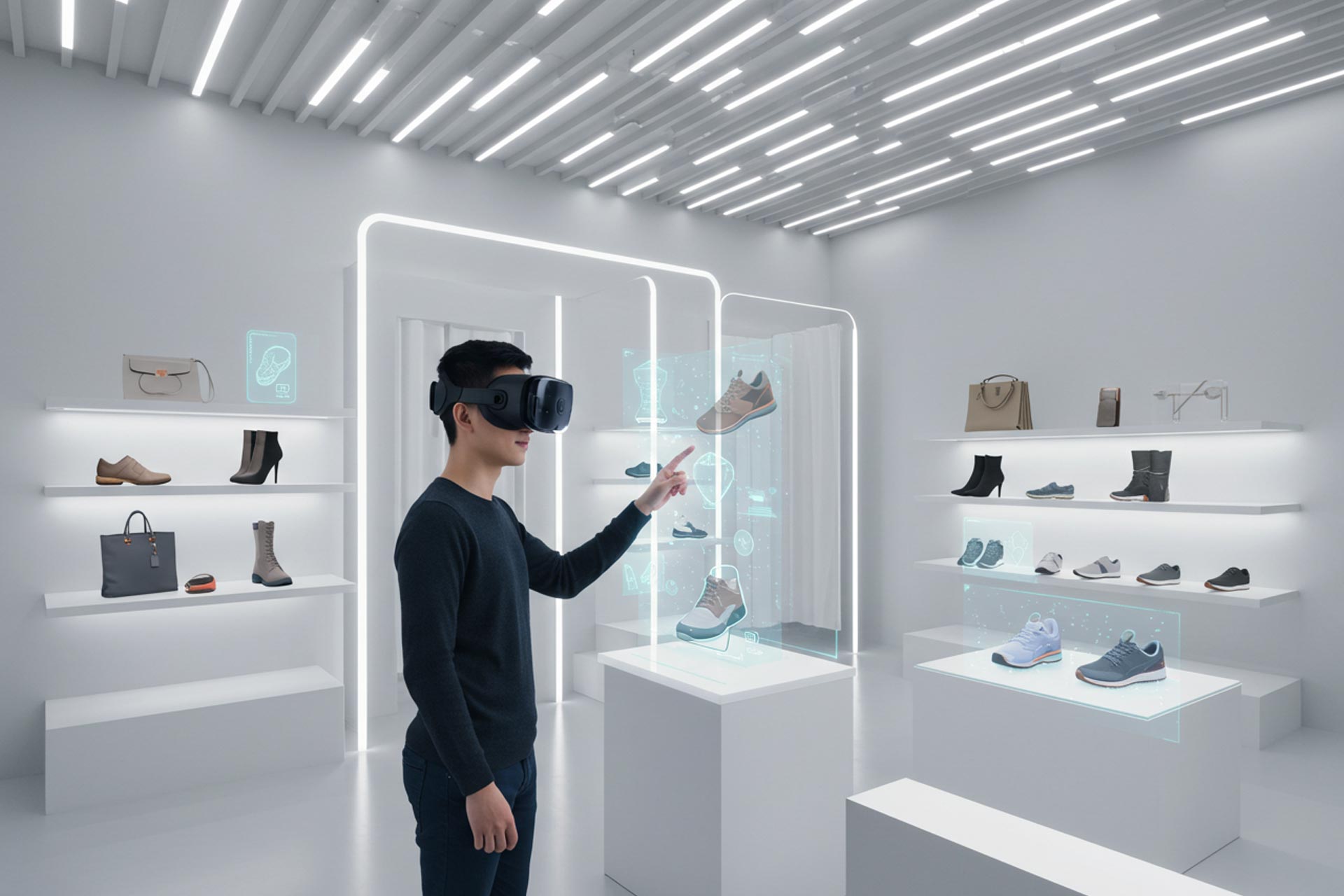
Augmented and Virtual Reality in the World of Marketing
How Augmented and Virtual Reality Are Changing the Way Brands Connect with Customers
Augmented Reality (AR) and Virtual Reality (VR) have taken the marketing world by storm—just like they’ve disrupted nearly every other industry touched by advanced technology. These immersive technologies are reshaping how brands engage with their audiences, opening the door to a new era of interactive, customized experiences.
What Is Augmented Reality?
Augmented reality blends digital elements with the real world, creating an interactive environment where users can see and interact with virtual features layered over their physical surroundings.
What About Virtual Reality?
Virtual reality, on the other hand, immerses the user in a completely digital, 3D environment. With VR, users are transported into a fully virtual world where they can engage with digital content in a highly immersive way.
How Are AR and VR Used in Marketing?
Here are the most effective ways brands are using AR and VR to take their marketing to the next level:
1. Interactive Product Try-Ons
AR allows customers to virtually try products before buying them. Whether it’s placing furniture in your home through your phone screen or trying on clothes virtually, these experiences build customer trust and reduce return rates.
2. Engaging Interactive Ads
Using AR and VR, marketers can create dynamic and interactive ads that allow users to directly engage with the brand. These ads are not just more eye-catching—they’re more effective at creating memorable brand moments.
3. Virtual Tours
VR enables potential customers to take virtual tours of stores, showrooms, or even travel destinations. These tours increase curiosity and make it more likely that users will want to experience the real thing.
4. Branded Games and Interactive Apps
Brands are developing their own interactive games and apps using AR/VR to increase customer engagement and brand awareness. These fun, immersive experiences can build long-term brand loyalty.
5. Training and Education
VR is being used to train employees and educate customers about products or services. With realistic and practical simulations, brands can deliver training that’s both effective and engaging.
Why Use AR and VR in Marketing?
The benefits of AR and VR in marketing go far beyond novelty. These technologies help brands:
- Offer unique and enjoyable experiences
- Increase customer interaction and engagement
- Provide personalized and realistic experiences
- Build trust and boost purchase confidence
The Future of AR and VR in Marketing
Experts predict that AR and VR will see rapid growth in the coming years, driven by advances in smart devices and communication technologies. These immersive tools will become a staple in marketing strategies, helping brands deliver innovative and captivating customer experiences.
Want to Dive Deeper into AR & VR in Marketing?
At Loop Media, we’re always ready to help you explore the latest in immersive tech. Whether you’re curious about how to integrate these tools into your marketing or looking to develop a fully interactive campaign—our team is just a message away.
- 📞 (+966) 53 692 8397
- 📧 Support@loop-media.co
- Visit our Contact Us page.
This article is available in Arabic. You can read the Arabic version [here].
 العربية
العربية


